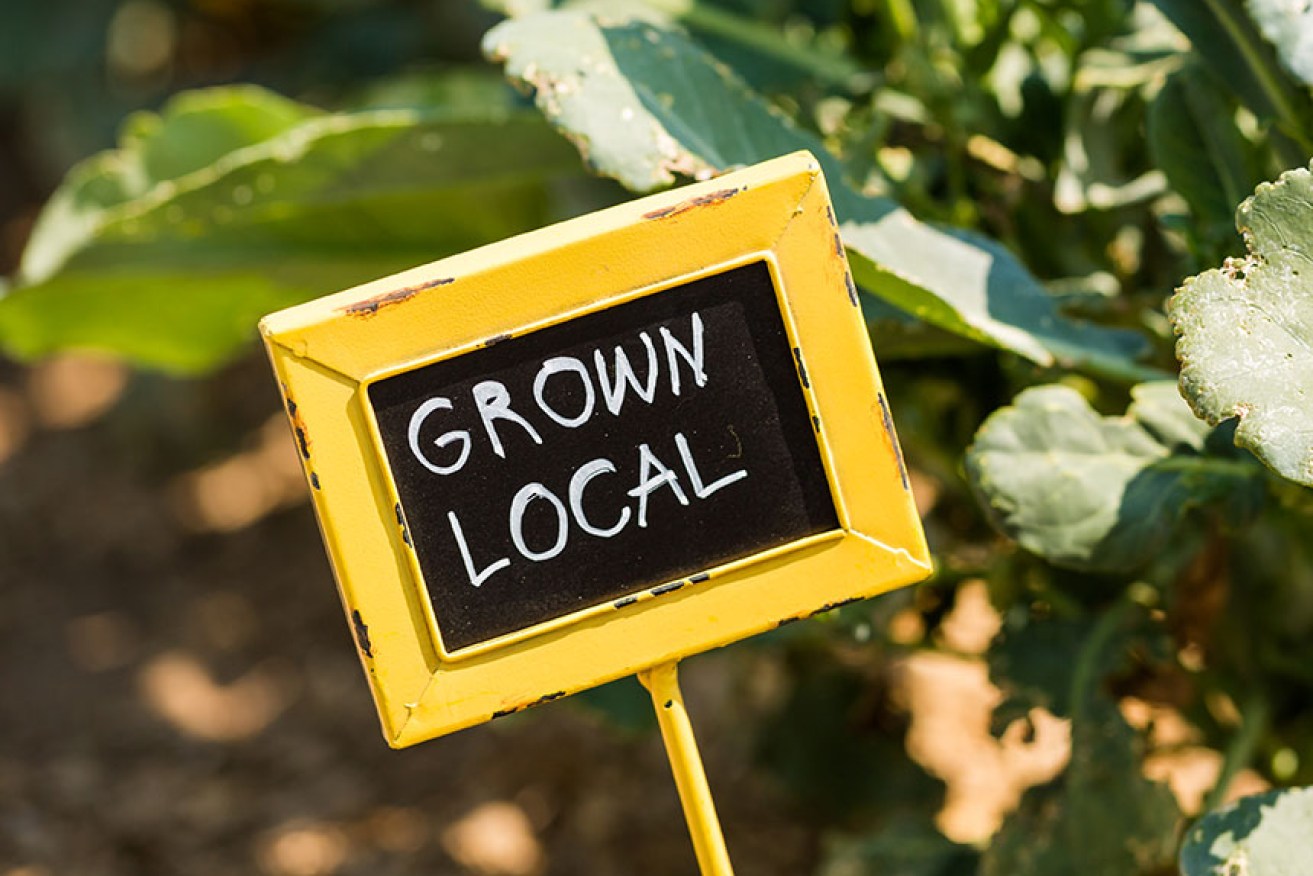Growing trend for community gardens


Smaller backyards in part are sparking a growing number of residents to embrace the concept of a shared or communal vegetable garden space.
And those living at a number of Victorian residential housing developments are already enjoying the fruits of their labour in the form of vegetables and other produce.
The community garden at Harcrest in Melbourne’s outer eastern suburb of Wantirna South has proved a big hit with locals who can lease one of the 40 individual plots on offer to grow their herbs, tomatoes, beetroot, lettuce or whatever. The plots cost from $60 to $120 to rent on a yearly basis.
• TV auctions ‘blowing out prices’ as emotions run high
• Where to get the most bang for your rental buck
• The McMansion may shrink, but it’s here to stay: HIA

Mirvac’s Harcrest plots.
Developer Mirvac believes its Harcrest plots, which occupy 654sqm and range in size from three square metres to 9.5 square metres, could be the start of something big around Australia.
“People have an interest in this; it’s not just a fad,’’ says Paul Edwards, Mirvac’s Group General Manager Sustainability.
Mr Edwards says the Harcrest community garden, which was officially launched in March this year as Garden Grove Park, has proved to be a “huge success”.
“We have had 40 plots and all are gone,” he says. “People there have developed a strong community because people are interacting and talking to each other. It’s an opportunity for new residents to meet their neighbours. It obviously leads to greater security as they get to know each other. There are lots of offshoots and benefits because people get to grow their own food. And appreciate it. We have done research which shows people on average throw away $1000 in groceries each year.”
Mr Edwards says Mirvac has plans to develop similar community gardens at residential projects in Sydney.
Creeds Farm Living and Learning Centre in the outer Melbourne suburb of Epping also has a community garden which has been operating for two to three years. A spokesman for the project, Brad Costin, says the garden, which occupies about 400sqm to 500sqm and produces fruit and vegetables, is open to all residents of the recently established Aurora estate.

Creeds Farm Living has a community garden.
“People do the work and get to share in the produce,” Mr Costin says. “It’s purely about community and bringing people together socially, helping them to grow their own produce, and pointing out to them how easy it is. Sometimes we cook it up after our monthly working bees because the site is maintained by members of the centre.”
Developer Villawood Properties loves the idea of community gardens and has areas set aside for them at two of its Victorian developments.
The developer’s chief executive Rory Costelloe says the small gardens – under 50sqm – at Trillium (Mickleham) and Alamanda (Point Cook) estates in outer Melbourne are in keeping with its policy of bringing new residents together in pursuit of common interests.
“There is an increased need for community gardens because back yard sizes have diminished dramatically over the last decade,” Mr Costelloe says.
“For younger people, it teaches them where food comes from. For some, this is quite a surprise. It also engages them with nature, and the importance of the environment, as well as the importance of community. Community gardens bring people from different backgrounds and age groups together in a relaxed environment.
“They provide an informal meeting place where people enjoy a shared interest or passion, and hear each other’s stories. There is also a demonstrated health benefit from activity and exposure to green open space. I truly believe it reduces stress, and increases a sense of wellness.”
But the Villawood chief says for community gardens to grow and prosper local councils have to support them.
“If it’s on private land it’s not a problem, but if it is on public land, shared public space, we can run into hurdles because of public liability insurance issues,” Mr Costelloe says.
“I’d love to have a community garden at every new development but local councils tend to be risk averse when it comes to shared public spaces and do not want to have anything to do with their maintenance once the project is established.
“For example, at Orchard Place in Werribee we had to plant non-fruiting pear trees to meet council concern about the clean-up of fallen fruit and associated public liability problems. In other words there was a worry about people slipping on fallen fruit.”
 This story was brought to you by The New Daily using data and other information from its real estate content partner, realestateVIEW.com.au
This story was brought to you by The New Daily using data and other information from its real estate content partner, realestateVIEW.com.au








